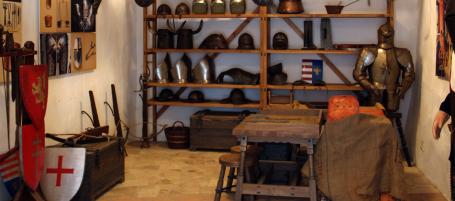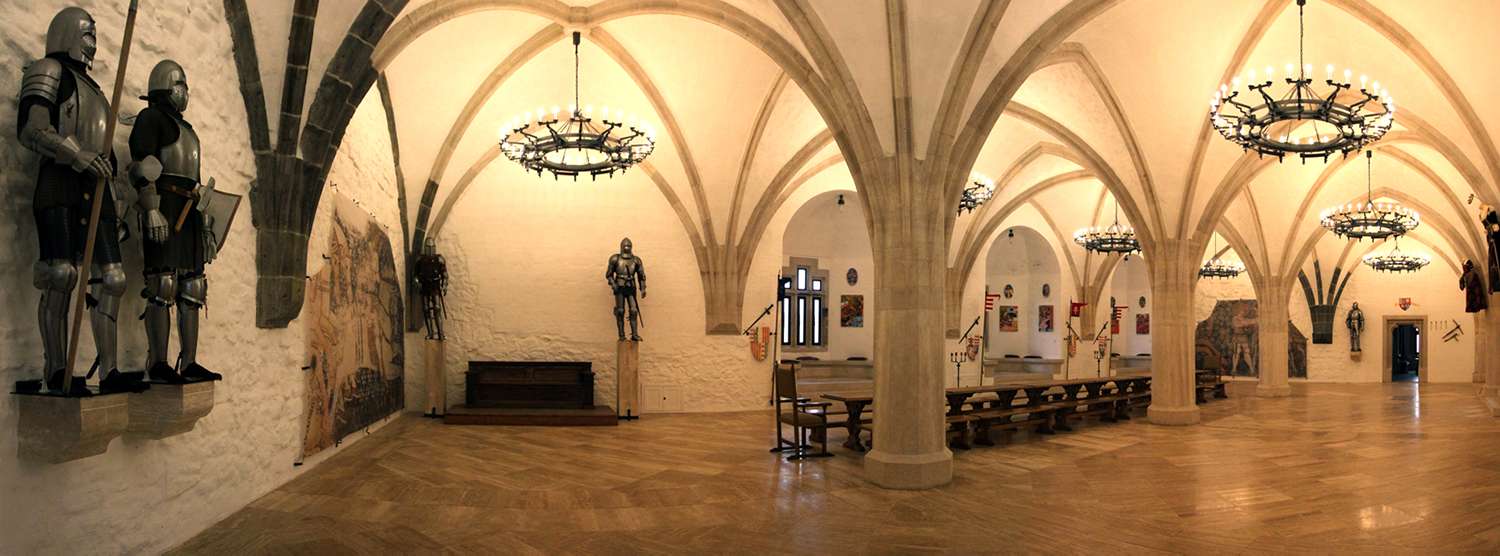
King Louis the Great had a two-storey chapel, open in the middle, built in the Castle of Diósgyőr, unique to medieval castle architecture.


K ing Louis the Great had a two-storey chapel, open in the middle, built in the Castle of Diósgyőr, unique to medieval castle architecture. The chapel was consecrated in 2014 AD to the veneration of Hedvig (Jadwiga) the youngest daughter of the king. After her father’s death, Hedvig inherited the Polish throne. She was respected as a saint already during her lifetime, as she was a real patroness of the conversion of Lithuanians to Christianity, and she emphasised hail and grace as opposed to her husband Vladislaus Jagiellon’s violent methods. Hedvig was canonised as a saint by Pope John Paul II in 1997.
Saint Hedvig’s (Jadwiga’s) relic:
On 15 July 2015, Ferenc Palánki suffragan bishop of Eger and Vince Mikolai parish priest of Diósgyőr ceremonially received Saint Hedvig’s bone relic from the parish priest of Wavel cathedral in Krakow, and the authenticity of the relic was certified by the signature of Dzsivis Krakow’s Cardinal Archbishop. In 18 July 2015, the day of Saint Hedvig’s holiday, the relic was taken to Saint Hedvig’s Chapel in a ceremonial procession after a mass celebrated in the Great Hall, and was placed into the relic holder in the side of the altar.

Enter the Great Hall of King Louis the Great to marvel at the impressive arches, the fascinating grandeur that evoke the Age of Chivalry when even the Venetian Republic was lying at the feet of the Hungarian monarch!


E nter the Great Hall of King Louis the Great to marvel at the impressive arches, the fascinating grandeur that evoke the Age of Chivalry when even the Venetian Republic was lying at the feet of the Hungarian monarch!
The Great Hall of the Castle of Diósgyőr was one of the largest halls for such use in medieval Central Europe, which has been restored to its old grandeur. King Louis the Great celebrated his coronation to King of Poland here and on 26 September 1381 the peace treaty concluding his long warfare with Venice was signed among these walls, and the Doge of Venice himself arrived in the castle for the event. The two ends of the great hall are decorated with the two scenes of the mural survived in the church of Székelyderzs, which show the fight of Saint Ladislaus, the beau ideal of King Louis the Great, with the Cumans. On the walls of the great hall full-body armours, royal armoried flags and swords and impressive dresses for women are on display. The impressive architectural solutions take today’s visitors breath away, but the most captivating is probably the unique atmosphere of the Great Hall, which evokes the weekdays of the knight king, and that historical period when the whole of Europe paid attention to the Castle of Diósgyőr.
















